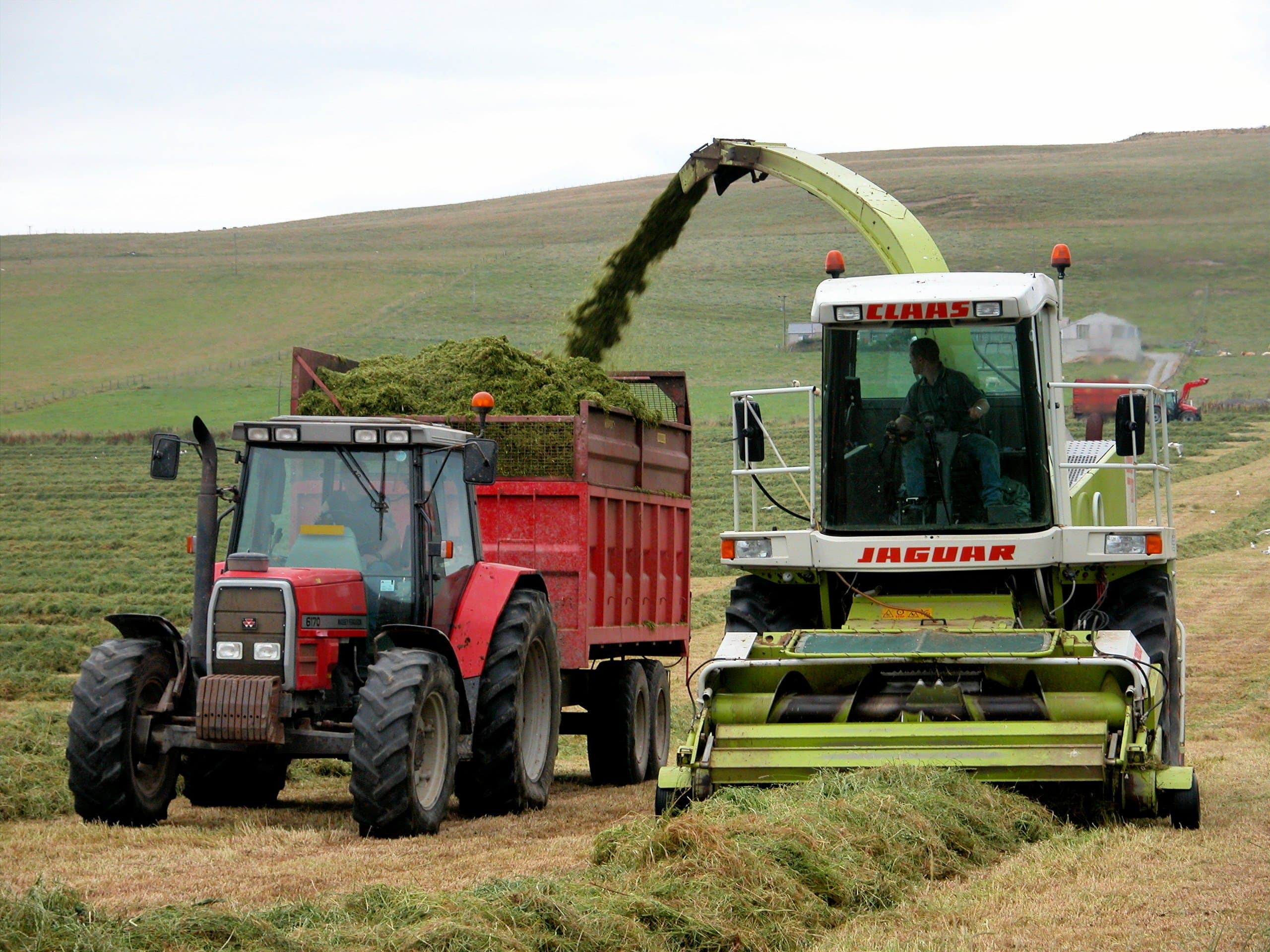Assess Silage Results to Improve Quality
 As we approach silage harvest across the country, this is a good opportunity to think about the quality and stability of last season's crop.
As we approach silage harvest across the country, this is a good opportunity to think about the quality and stability of last season's crop.
“Even excellent operations are likely to experience some silage quality issues,” says Bob Charley, Ph.D., Forage Products Manager, Lallemand Animal Nutrition. “Understanding these issues and their causes can provide insights on where we can make improvements during this year's harvest, ensiling process or feedout management.”
The most common issues producers experience in their silages revolve around high pH. In lower dry matter (DM), high protein silages (haylages) this can lead to a “bad” or butyric fermentation, producing material that can cause significant feeding problems. In higher DM, high-sugar content crops (whole plant corn, HMC) the higher pH can be coupled with the growth of spoilage yeasts, leading to heating, high DM and nutrient losses and, eventual, mold spoilage.
“I recommend a total management approach to prevent high pH silages and their associated problems,” Dr. Charley says. “Optimize everything from the harvest stage to chop length, the speed of fill and packing rate and make sure that the silage is covered and sealed quickly and effectively. Using high quality, proven inoculants can help address these challenges too.”
Using an inoculant containing an efficient, proven homolactic lactic acid bacterium (LAB) like Pediococcus pentosaceus 12455 coupled with enzymes to drive the fermentation, can ensure a fast, efficient initial ensiling fermentation with a rapid pH drop, preventing the growth of clostridia that produce butyric acid and cause high DM losses.
At the other end of the process, Lactobacillus buchneri 40788, applied at a minimum of 400,000 CFU per gram of silage or 600,000 CFU per gram of high-moisture corn (HMC), is the only inoculant bacteria strain reviewed by the FDA and allowed to claim improved aerobic stability, based on the thorough documentation of its efficacy in independent trials.
“The high dose rate L. buchneri 40788 technology prevents yeast growth, keeping the silage stable and preventing mold spoilage and reducing mycotoxin risks,” Dr. Charley said.
Products combining the high rate L. buchneri 40788 with an effective homolactic bacterium/enzyme combination can help control the initial ensiling fermentation as well as keep the silage stable throughout feeding. This is ideal for crops facing challenges at both ends of the ensiling process.
“All management factors are designed to help preserve the nutrients in the original forage crop,” Dr. Charley explains. “To get the best silage from the crop planted, it's important to focus on the basics and get things right. There is almost always an area for improvement, and the silage will tell us where to look.”
For more information, visit www.lallemandanimalnutrition.com.


